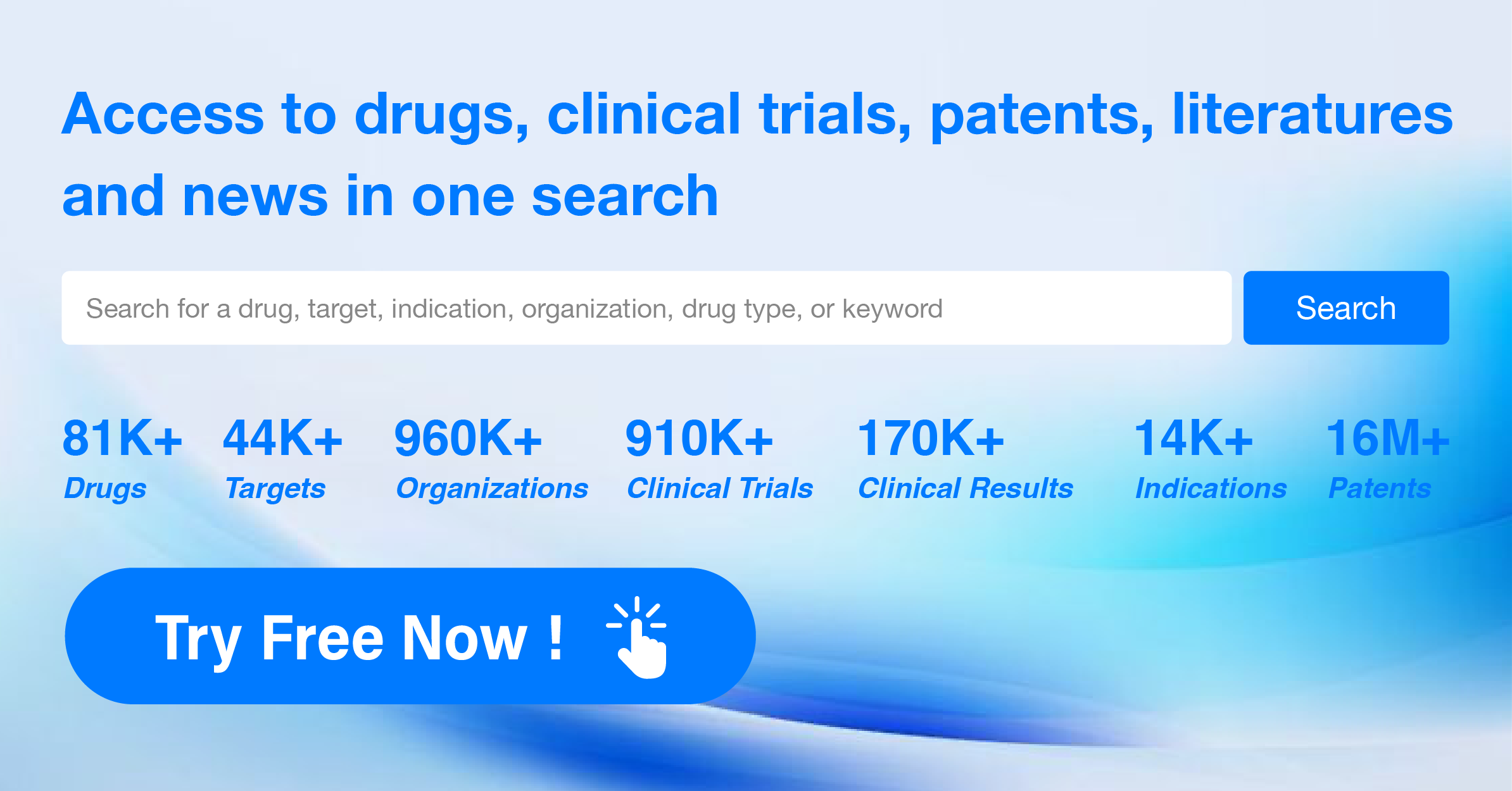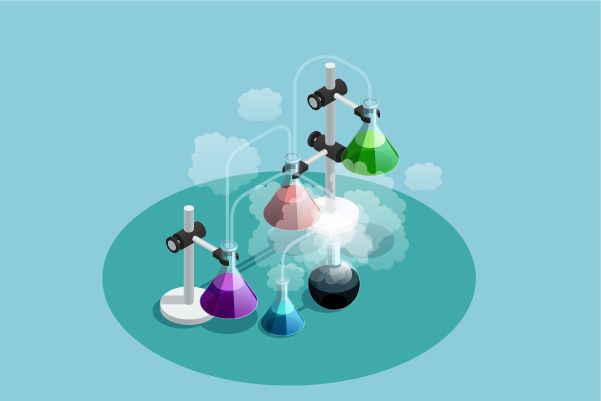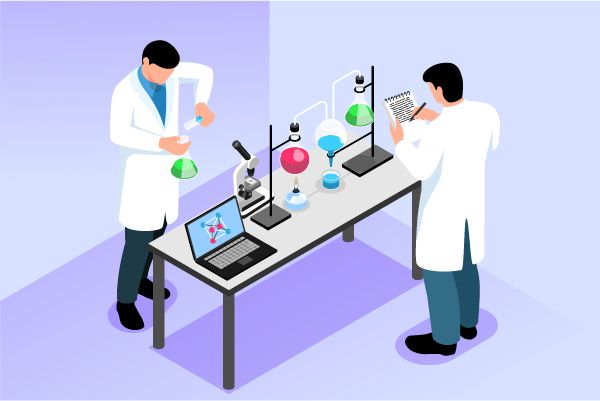What is Recurrence-free Survival?
Recurrence-free survival (RFS) is a clinical endpoint used in oncology to measure the effectiveness of cancer treatments. It is defined as the length of time from the end of primary treatment (such as surgery, radiation, or chemotherapy) until there is evidence of cancer recurrence or until the death of the patient, regardless of the cause.
Key points about recurrence-free survival include:
·Focus on Recurrence: RFS specifically tracks the time to cancer recurrence, which is when cancer comes back after an initial period of remission.
·Inclusion of All-Cause Mortality: RFS takes into account deaths from any cause during the follow-up period, not just those related to cancer.
·Clinical Trials: RFS is often used as a primary or secondary endpoint in clinical trials, particularly in studies aimed at treating early-stage cancers or comparing different treatment strategies.
·Importance: RFS is considered an important measure because it reflects both the durability of the initial treatment response and the long-term control of the disease.
·Comparison with Other Endpoints: RFS is different from overall survival (OS), which measures the length of time from the start of treatment until death from any cause. RFS is a more specific endpoint for evaluating the success of cancer treatments in preventing disease recurrence.
·Statistical Analysis: RFS is typically analyzed using survival curves (Kaplan-Meier curves) and compared between treatment groups using statistical tests such as the log-rank test.
·Clinical Implications: A longer RFS period is generally associated with a better prognosis, indicating that the cancer is less likely to return and that the patient has a higher chance of long-term survival.
Recurrence-free survival is a critical outcome in cancer research and clinical practice, as it provides valuable information about the long-term effectiveness of treatments in preventing the return of cancer.




